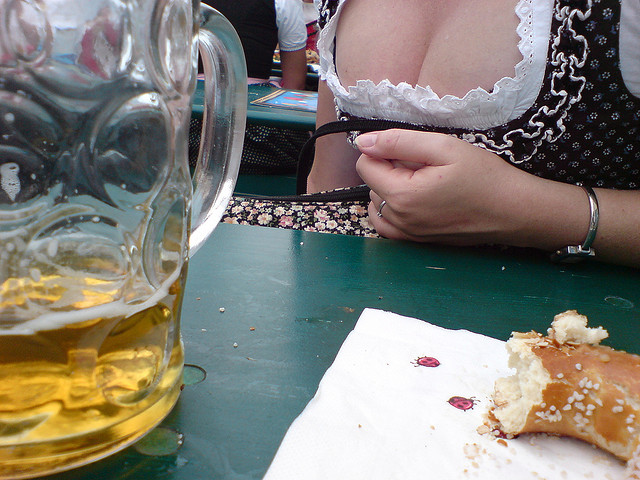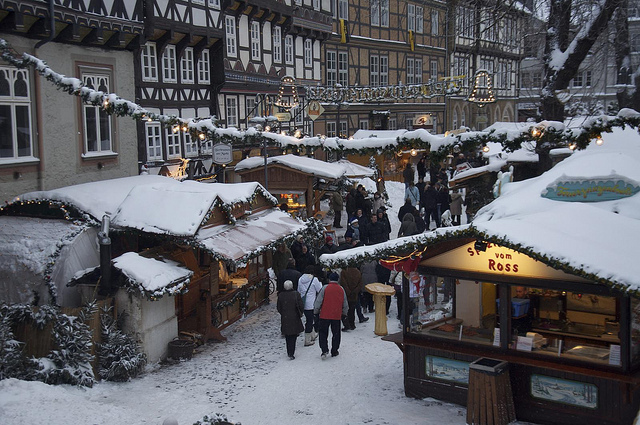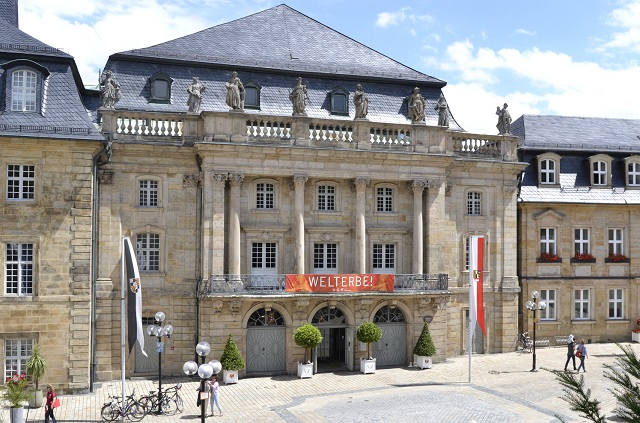The Rhine in Flames is the collective name given to a series of five absolutely stunning pyrotechnical displays in the Rhine valley each summer. The events, which are spread out between May and October, draw thousands of spectators – locally and from far afield – to either watch free of charge from the banks of the river or to witness the spectacle from one of the many boats on the Rhine itself. The interplay between fire, water and light – above picturesque towns and countryside along the most beautiful stretch of probably Europe’s most romantic river – leads to unforgettably spectacular cascades of colour and noise.

The opening night of the Rhine in Flames celebrations is known as the Night of Bengal Fire and takes place at the beginning of May although the festivities last all weekend. This is the longest stretch of the Rhine in Flames celebrations – some 26 kilometres from Linz to Bonn– and it begins with the journey being illuminated by thousands of red Bengal lights, long-lasting fluorescent flares. A flotilla of some 60 or so decorated and floodlit vessels will sail down the river with a firework display in each of the towns it passes. All of these places – Linz, Remagen, Unkel, Bad Honnef, Königswinter and Bonn will have their own festivals of music and dancing (and beer drinking – this is Germany!) throughout the entire weekend.
The second night of the Rhine in Flames, the Night of Fire Magic, takes place at the beginning of July. It takes place along one of the Rhine’s most scenic stretches around the Bingen Gap. Here beautiful churches and fairy-tale castles form the backdrop to the procession. Locations as well-known as Rheinstein Castle, Klopp Castle, the Mice Tower and the iconic statue of Germania at the Niederwald Monument glow resplendently in the Bengal lights and then are cascaded with fireworks, forming amazing silhouettes in the illuminated night sky. Rüdesheim, where the procession begins, has the reputation of being one of Germany’s prettiest towns. With a weekend of party activities and seven separate firework displays, the Night of Fire Magic is enormously popular.
The third of the nights, the Procession to Koblenz is, in the eyes of many people, the most spectacular of all the nights in flames. Certainly, it was Koblenz that started the tradition, back in 1766 with a firework display to honour the Prince Elect. Now, half a million people will line the banks of the river between Spay and Koblenz, and an incredible 30,000 will journey on the river itself. Taking place in August, this is reputed to be Europe’s largest river procession with upwards of 80 Rhine steamers taking part. Castles and palaces are brought to life by the fireworks accompanying the boats, most unforgettably at the huge Ehrenbreitstein Fortress, where the Rhine and Moselle meet.
The Night of a Thousand Fires takes place along the Rhine around the town of Oberwesel and always coincides with the area’s wine festival in September. On its short journey – only 7 kilometres – the flotilla passes the legendary Loreley Rock, the deepest part of the river and its narrowest point, and the Seven Virgins rock formation. The ceremony at the end of the evening features a coordinated music and firework concert, ‘The Symphony of Fire’.
The concluding part of the Rhine in Flames celebrations is held just one week later and again centres around the romantic location of the Loreley rock. The Loreley Night features displays around Rheinfels, Katz and Maus Castles, as well as the rock where the siren Loreley lured sailors to their doom.
The length of the River Rhine that is featured in the Rhine in Flames is certainly one of the most majestic and historic stretches of the entire river. It has long been a favourite for people to travel along. Certainly, with the added spectacle of glorious pyrotechnics and weekend festivals, this would be an exciting way to discover one of Germany’s most scenic regions. Further details including confirmed dates on the (German) Rhine in Flames website.





